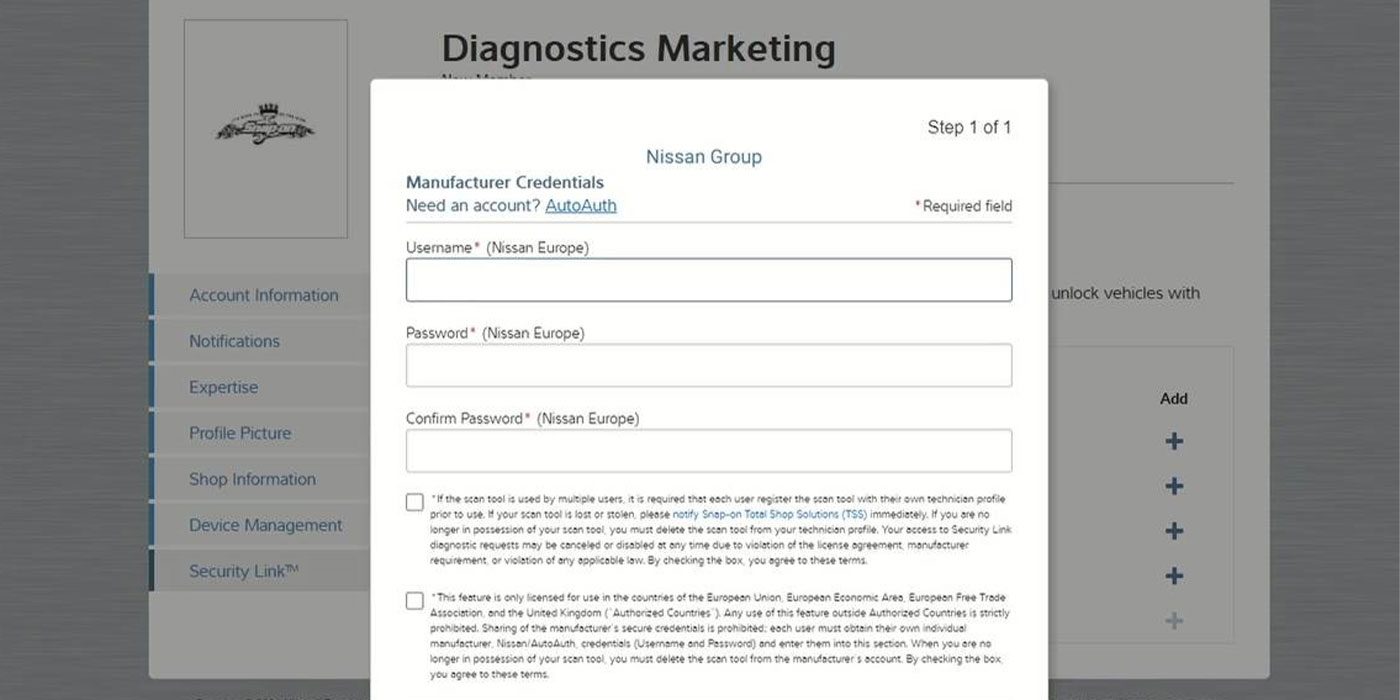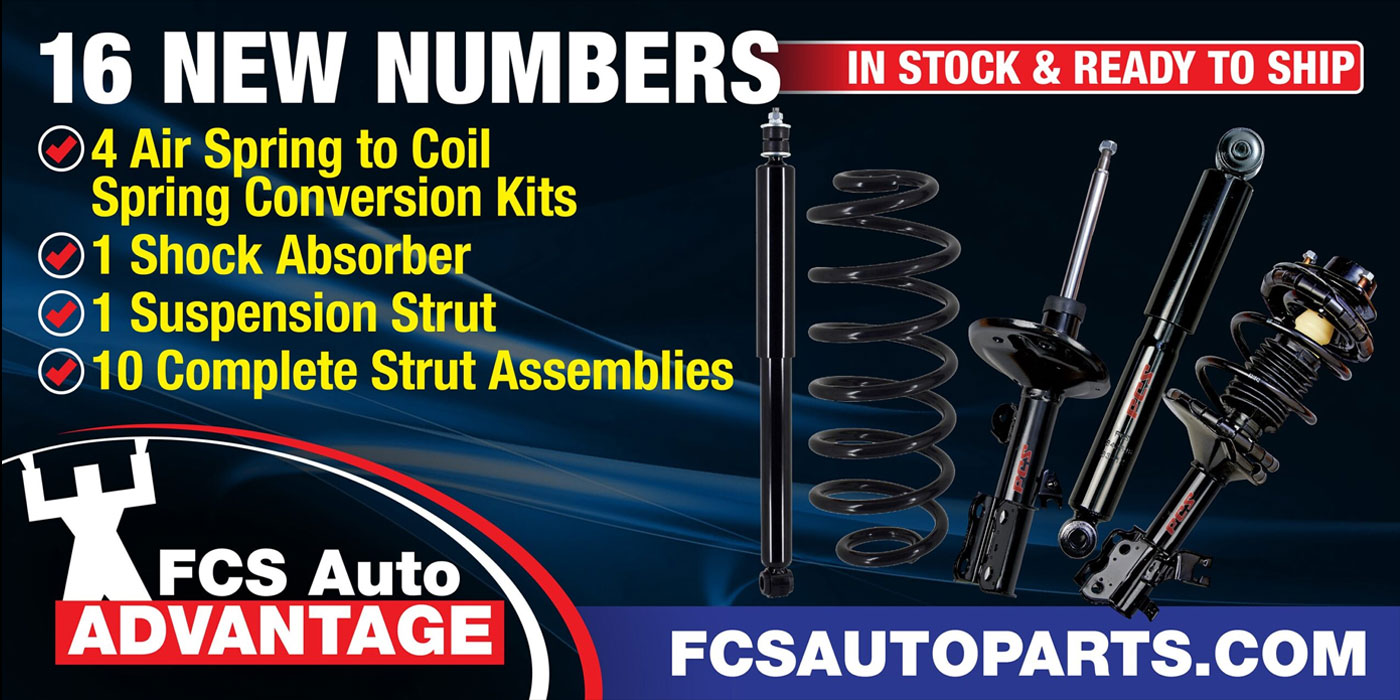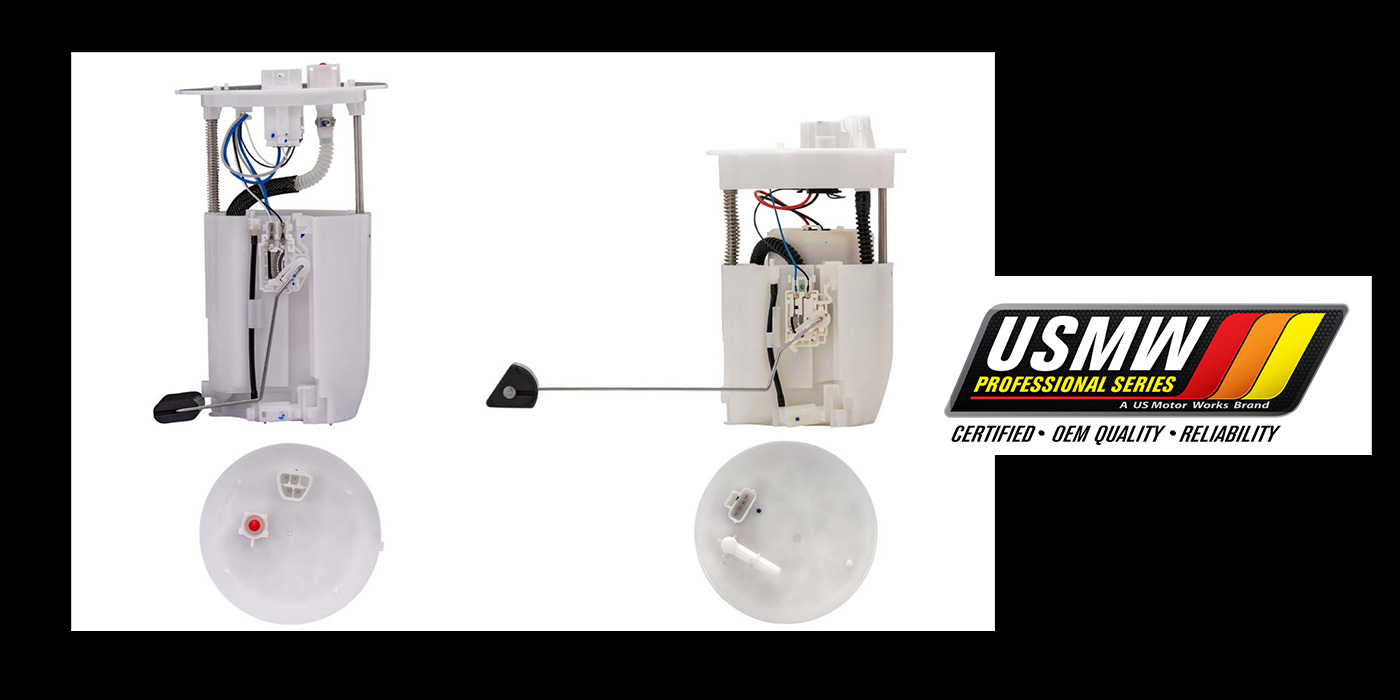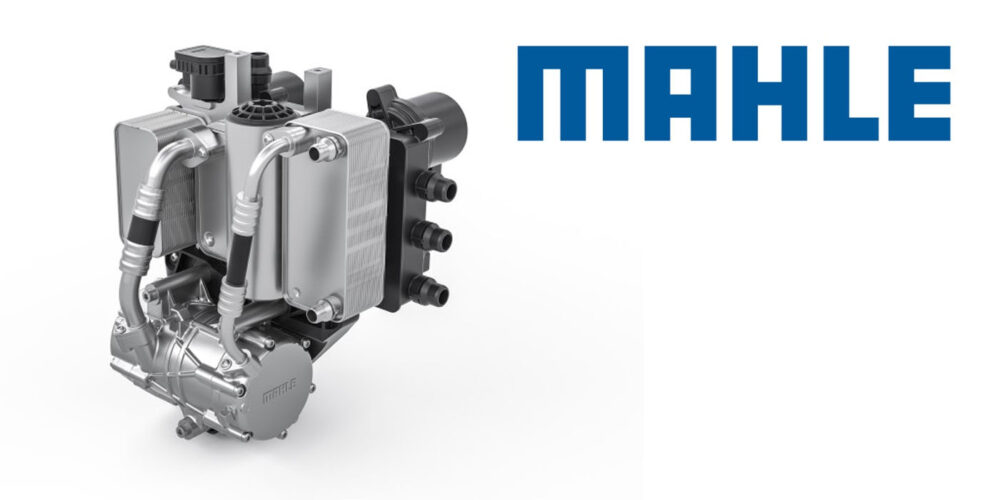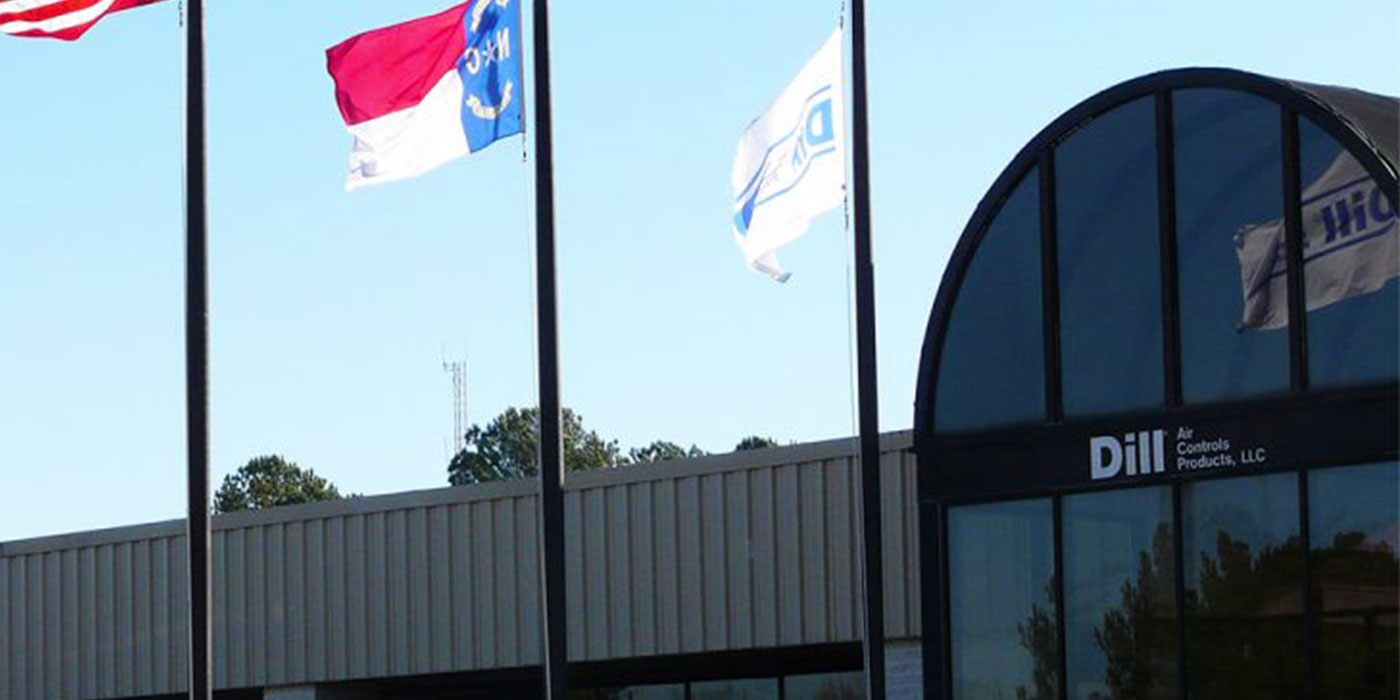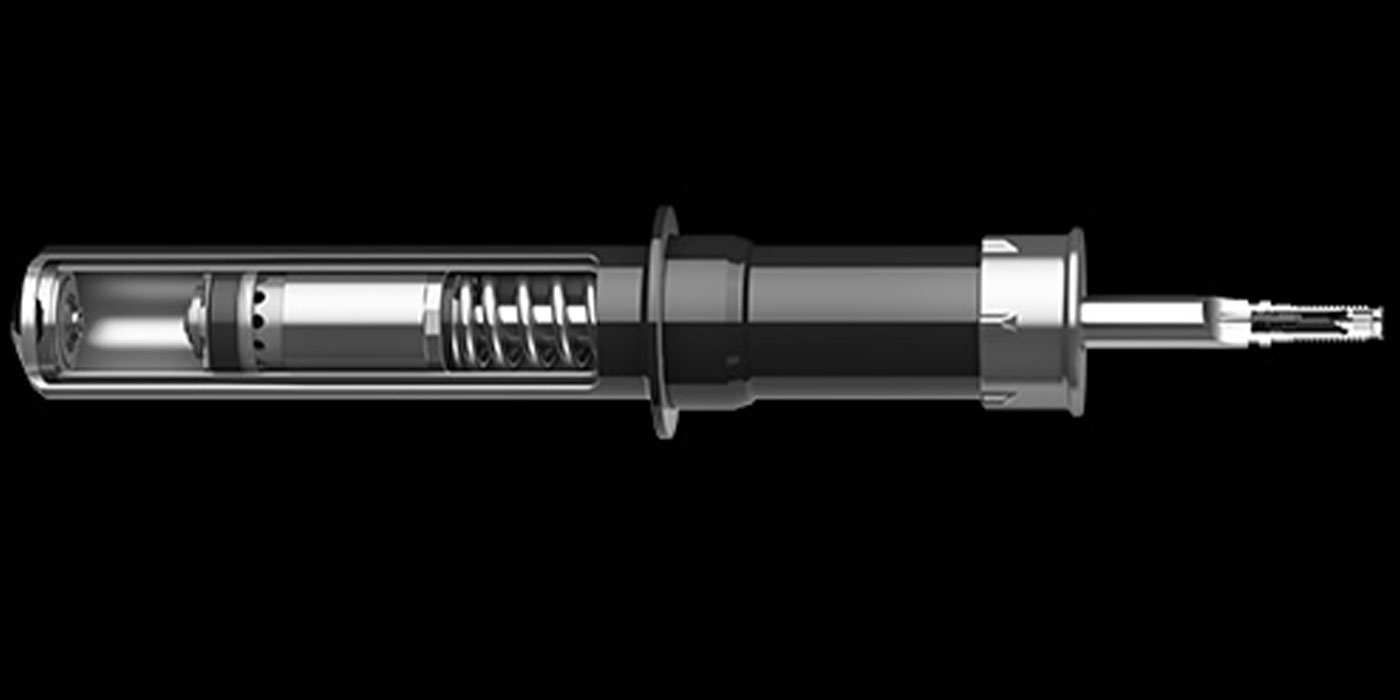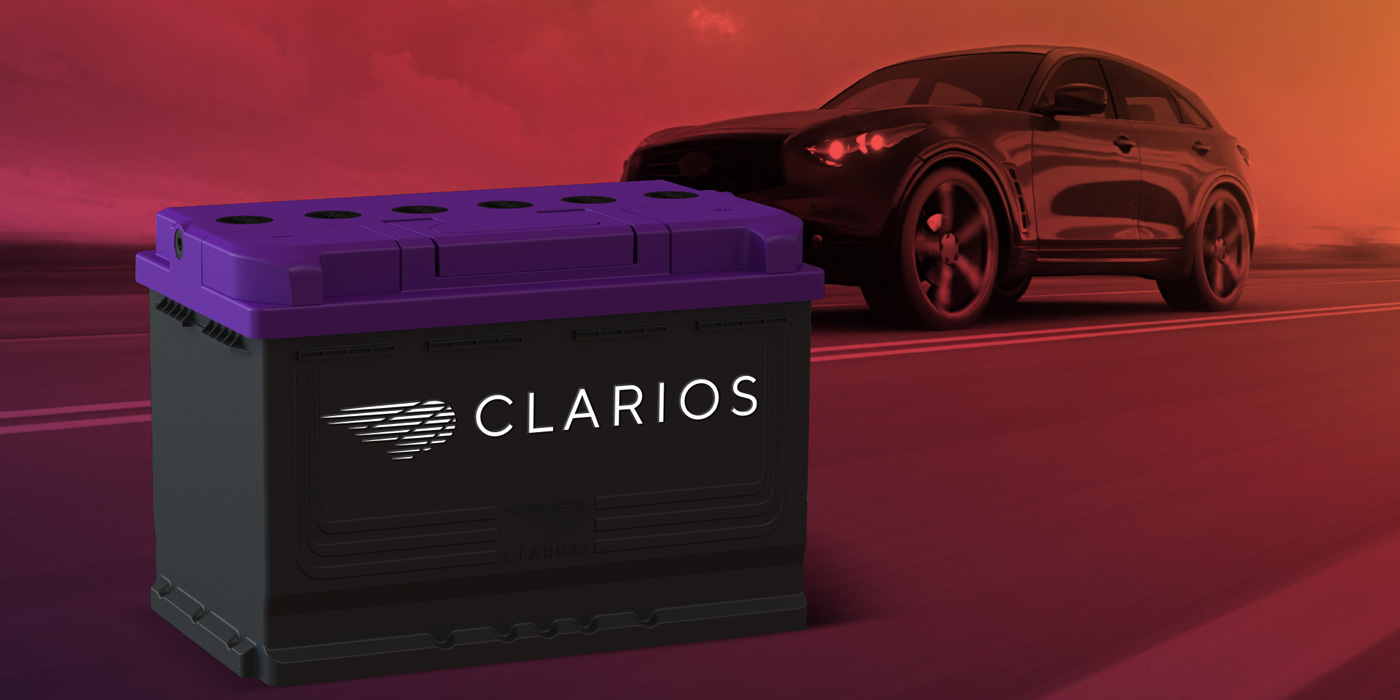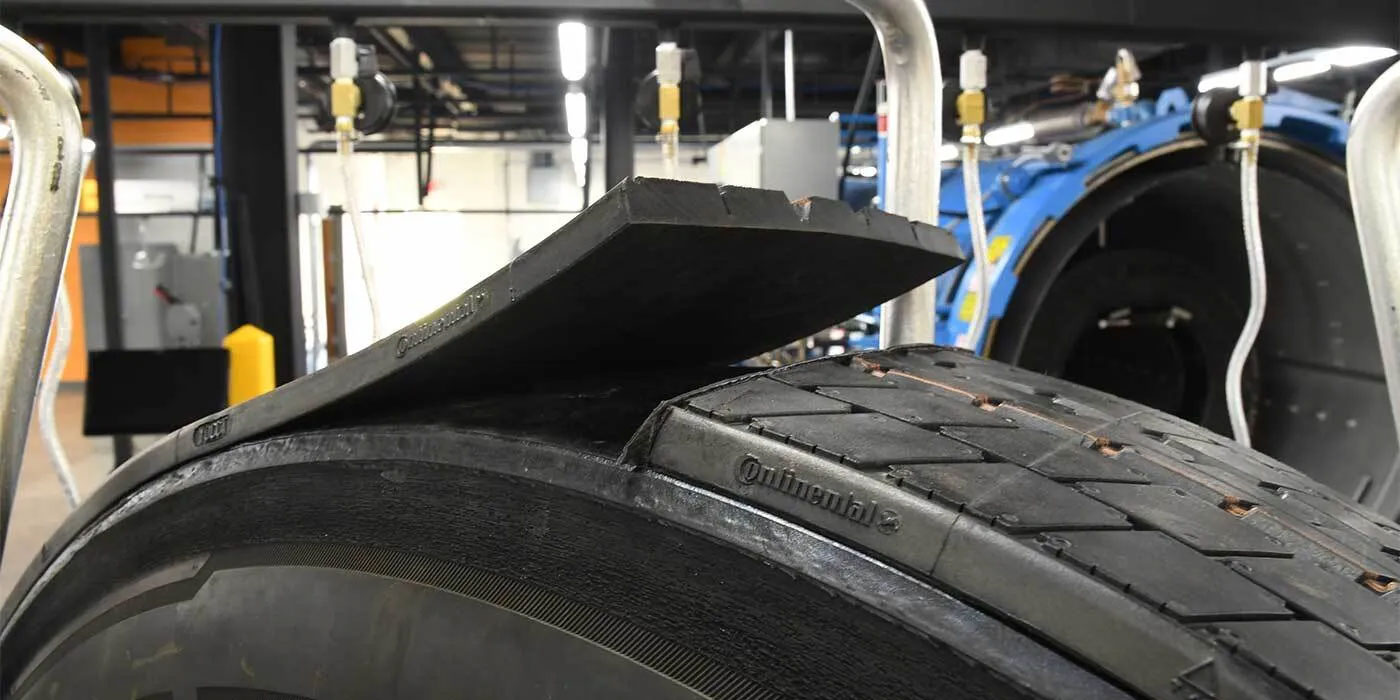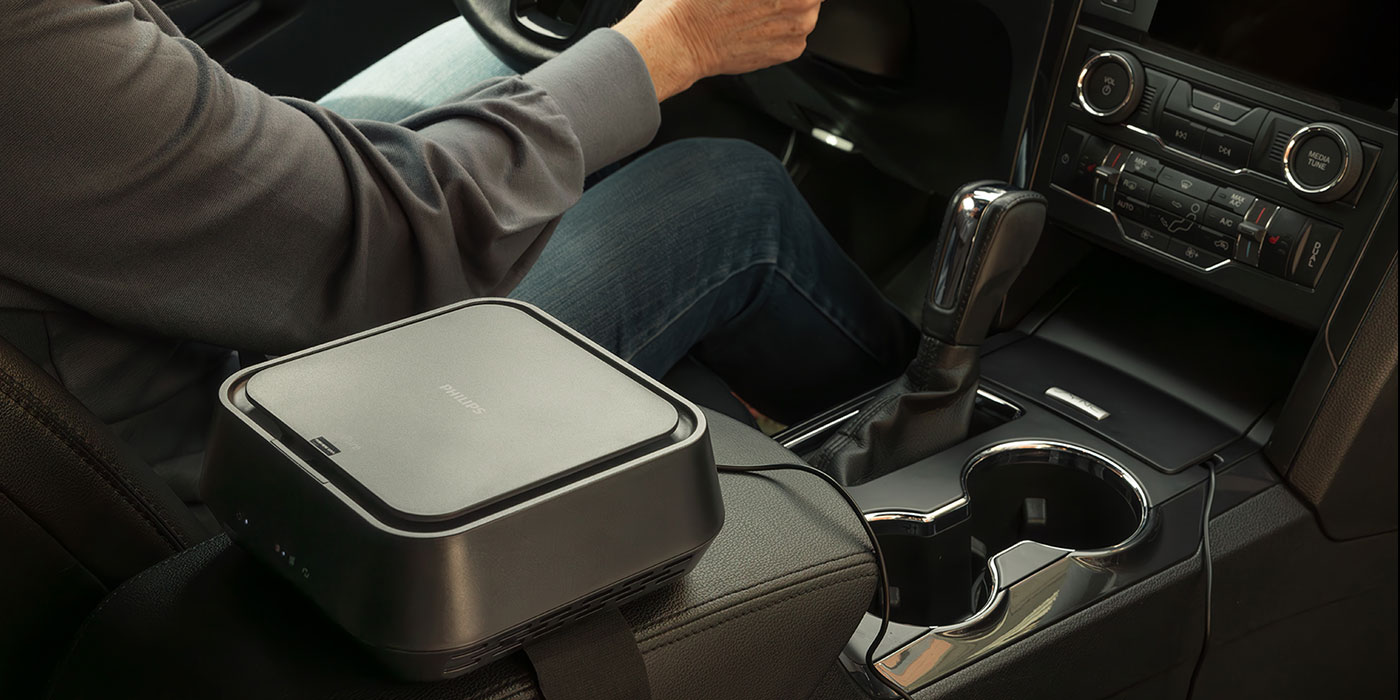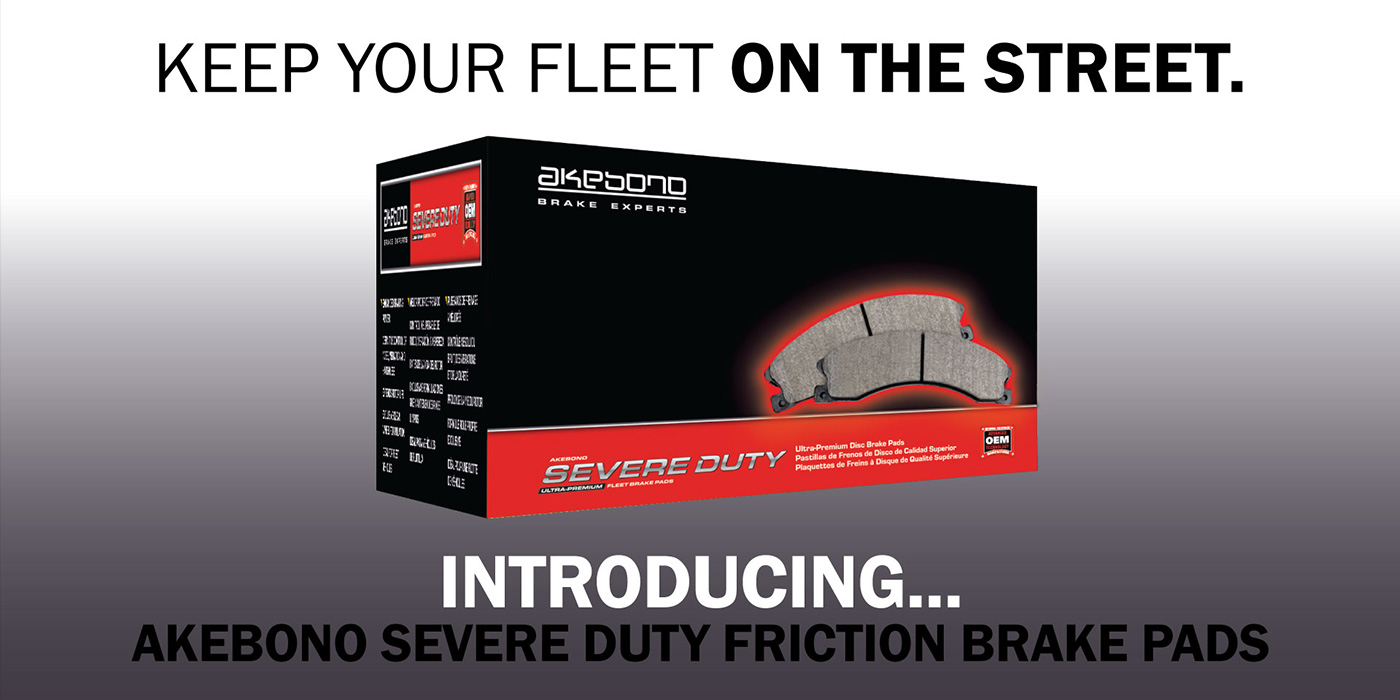By Brian Cruickshank, AAP

Editor’s note: Part I of this story appeared in yesterday’s edition of aftermarketNews. You can read Part I by clicking here
CHINA PITS NEW PRODUCT VS REMAN
With the growing impact of new product from countries such as China, ARI’s reman products (CV axles in particular) were in jeopardy. Across the industry, demand for reman product lines such as clutches, water pumps and brake shoes had fallen off as the market shifted to new-only product that could be sourced from off-shore manufacturers at prices that were close to reman. For the CV axle category, which by this time represented 72 percent of ARI sales, a similar shift to new product was happening. Key customers started sourcing a greater percentage of their lines directly from China or from North American companies such as Fenco and A1 Cardone, which had launched their own lines of new product to combat this trend.
This preference for new product had nothing to do with quality or even price. Indeed, in many instances, remanufactured product is superior in quality to new product. But for distributors, new product brought one important benefit: No cores. Customers simply didn’t want to handle cores, and the availability of new product made the transition away from reman an easy way to skirt core management costs.
As CEO, Larry Pavey understood the challenges the reman industry faced.
“There are a number of issues that have impacted remanufactured parts,” he said in a 2003 aftermarketNews interview. “First, remanufactured brake shoes were eliminated by a number of companies due to asbestos concerns. There also are some products where the cost of new components dropped to close to the level of remanufactured product, and customers are choosing new.”
Nevertheless, Pavey was upbeat about reman’s position in the market, as he continued to discuss reman’s future in the 2003 aftermarketNews interview.
“Where remanufactured product is done correctly and the part is restored to the original performance criteria, there is great value,” he continued. “We expect to see a slight drop overall in the market share for reman products in the next two to three years and then anticipate it will begin seeing growth again. I think we all agree that vehicle models and the parts needed for them are proliferating at an extreme pace. While this creates a number of challenges, it actually helps the remanufacturing industry. Part proliferation results in smaller unit sales across a broader number of SKUs. This means that the cost to tool a new part is harder to justify on a broad offering with limited volume. It makes remanufacturing more cost-effective and allows consumers with older or lower volume models to be able to obtain repair parts at competitive prices. We will continue to focus on parts where remanufacturing has maximum value.”
Despite his optimism, ARI customers — major ones such as AutoZone, Advance and NAPA — not wanting to continue to shoulder the burden of managing cores, continued to shift to new product lines, which eroded ARI’s reman market share. AutoZone took on Fenco’s new CV axle line. NAPA brought on A1 Cardone’s new line and Advance is rumored to have sourced its new CV axle line direct from China-based manufacturer Guansheng Auto Parts Manufacture Co. (GSP).
Privately, executives at ARI — Pavey in particular — saw the writing on the wall. They knew they needed to offer a line of new axles in order to offer customers an option. If they didn’t, they feared customers would transition their full reman lines to new product as Chinese capacity to fill orders improved. But ARI had painted itself into a corner: On one hand, the company couldn’t start a new line of CV axles because the core liabilities in the market would have caused a financial crisis for ARI. AutoZone, as just one example, had more than $20 million in ARI cores. On the other hand, ARI couldn’t remain exclusively in the reman business because customers increasingly wanted product that didn’t involve the cost and logistics of handling cores.
Pavey knew a new CV axle line was the best path to pursue, but ARI investors balked at the cash required for such a launch. The company couldn’t remain strictly a remanufacturer, and investors wouldn’t allow ARI to pursue new product. The company was paralyzed.
SEEKING A WAY OUT
Cash flow troubles continued to loom large for ARI. In May 2005, private equity firm Black Diamond, along with a Boston-based hedge fund, refinanced the company. Again, Pavey asked for financial backing to pursue a new line of CV axles. Again he was denied. Soon thereafter, Pavey was fired from ARI, with no official explanation from the company.
With Pavey’s departure, former ARI chairman Bob Smith, who had retired in April 2004, returned. Smith’s son, CCT Co-Founder Robert Jr., also joined the company, along with a new CFO. Smith’s plan was to downsize the company, eliminate product lines and focus on reman. Considering what followed, the return of the Smiths was not enough to right the sinking ARI ship.
On Nov. 7, 2005, ARI announced that it was instituting a comprehensive restructuring plan, which included the filing for relief under Chapter 11 with the U.S. Bankruptcy Court in the District of Delaware. In the filing, the company cited its debt structure, increased industry pricing pressures, higher operating and material costs and foreign competition, as its justification for filing. The company also noted that no interruptions in ARI’s manufacturing operations were expected. As part of its restructuring, ARI said it was negotiating the sale of the company and its assets. The sale would have been conducted through an open bid process and would have ensured the continuity of ARI business operations.
Financially, things did not look good for ARI, and did not reflect the “strong financial position” described by Smith just two years earlier. The company listed assets of $10 million to $50 million and debts of more than $100 million. The company sought court approval to sell itself for about $30 million, subject to higher bids at auction.
According to the Associated Press, some of the lenders, led by units of Black Diamond, agreed to provide a $31 million debtor-in-possession loan, provided the company put itself up for auction.
Then disaster struck: Ten days later, ARI ran out of money. ARI went back to court requesting emergency conversion to Chapter 7 bankruptcy protection after its debtor-in-possession lenders said they were unwilling to consent to the use of cash collateral for funding operations beyond Nov. 21. The court granted ARI its request and ordered that all ARI operations were to cease as of Nov. 21 at 2 pm. Included in the motion were ARI and nine subsidiaries, including ARI Holdings, Inc., American Driveline Inc., ATSCO Products, Inc., Automotive Caliper Exchange, Inc., CCT, Klickitat, Inc., New ABS Friction, Inc., New Driveline, Inc. and Ohio Caliper.
In court that day, more than 1,600 employees immediately lost their jobs. The Orange County Register reported that approximately 300 employees at the Anaheim, CA, plant, for example, were gathered for a meeting and told the company had gone out of business. The employees were then given five minutes to gather their belongings and leave.
ARI was no longer a functioning company. Scooping up the remains was the former debtor in possession, Black Diamond, which announced that an entity it managed had executed an agreement to purchase selected assets held by ARI’s bankruptcy estate. These assets included some of ARI’s operations on the East and West Coasts, including CCT, which today operates under the name Automotive Aftermarket Group, with the Smiths as part owners.
Some theorize that the Smiths, along with Black Diamond, intentionally bankrupted the company to release it from ARI’s core liabilities. Smith completely disagrees.
“That’s probably the most insane thing that anyone would ever think,” said Smith. “We fully knew that if this company went into Chapter 7 there would be nothing left. We knew it had to go into Chapter 11 and we told all the customers that it was going to get restructured and it wouldn’t affect them. Then, because the secured and unsecured lenders couldn’t agree, there was a gun battle in court and we got hit. My son and I had the most to lose. If you think we would do that to get rid of the core liabilities, you’d have to be out of your mind.”
So, what killed ARI? This is not a simple question to answer, and there are multiple reasons, depending on whom you ask. Certainly, ARI was a highly leveraged company, one with many fiefdoms that never really considered themselves as part of a larger entity, none pulling in the same direction, especially when things took a turn for the worse. There were also significant market forces, both domestic and foreign, and changing customer demands that greatly affected ARI’s reman CV axle and brake businesses. The loss of some key customers hurt ARI’s already-tight cash flow. Some have speculated that in light of these situations, ARI’s private investors either underestimated the kinds of investments that would be required to overcome these challenges, or understood them, but were unwilling to make the investment. Smith says the problems were not fixable by the time he returned to the company in May, 2005.
“The company had been run poorly for the last couple of years and got way ahead of themselves in debt. They really fouled up the business model we had,” said Smith. “Cores were a significant contributor to it, but failing to recognize that China was a threat significantly impacted the business. And then, a myriad of management errors contributed to the demise of the company.”
Many former ARI employees continue to defend Pavey, saying he was put in a no-win situation from the very beginning. His efforts to take the company in a different direction were met with resistance from those who held ARI’s purse strings, and it is very likely that ARI’s problems were already too great by the time Pavey arrived at the company in April, 2003.
There were certainly many internal factors that lead to the collapse of ARI. Indeed, troubled mergers and internal accounting problems are not new in business. But for the industry at large, ARI’s story poses broader questions about foreign competition and the market’s ability to adapt to today’s rapidly changing global dynamics. Increasing competition from China, India and other developing nations is fundamentally changing manufacturing and sourcing practices; reman is merely among the first group of products in the developing world’s crosshairs. It’s a new world in the aftermarket, both literally and figuratively. Companies that choose to adapt will prosper; those that don’t will fall into the same tragic situation in which ARI ultimately found itself.
Editor’s note: The author has honored requests that certain individuals interviewed for this article remain unnamed.
— Brian Cruickshank is editor of Counterman magazine.
While ARI ultimately failed in its battle, others are trying to make reman an important product category for the automotive aftermarket. In the next article, which will appear on July 25 and 26, the author will investigate reman’s future and how U.S.-based remanufacturers and distributors are trying to make reman fit into an increasingly new world.
_______________________________________
Click here to view the rest of today’s headlines.

